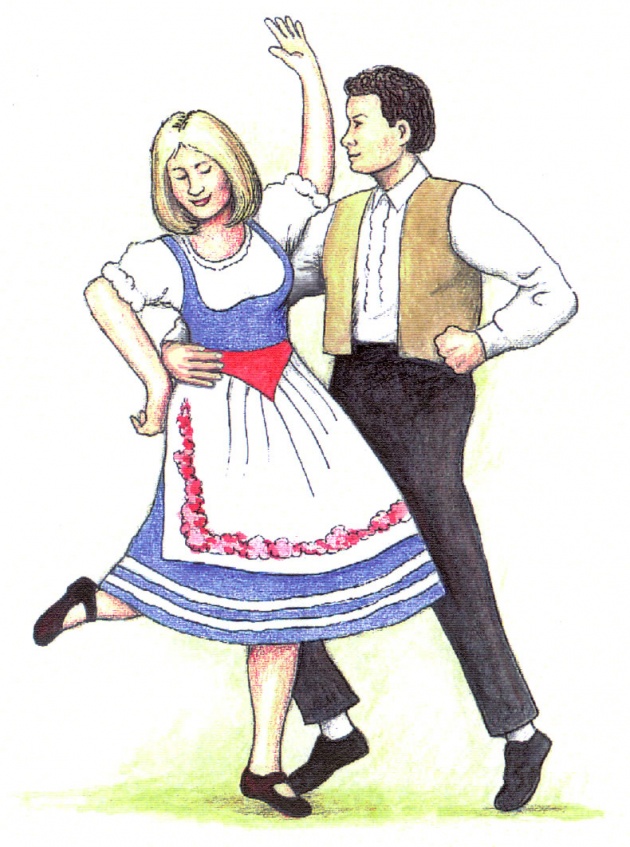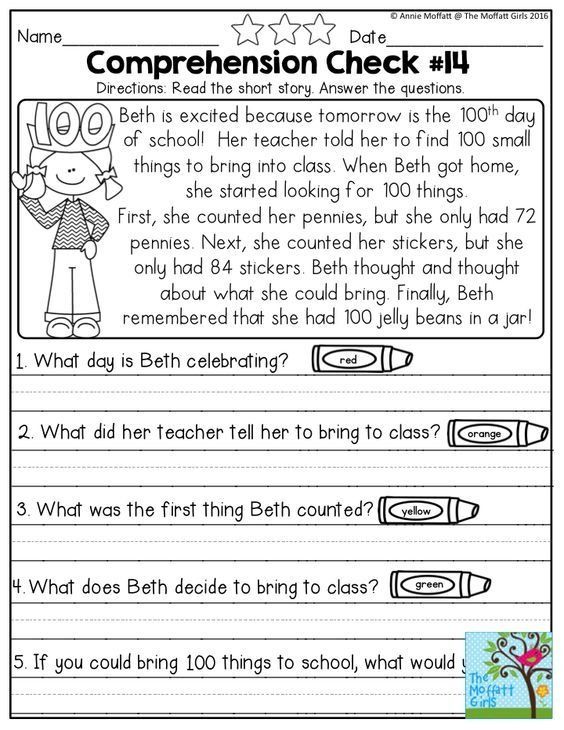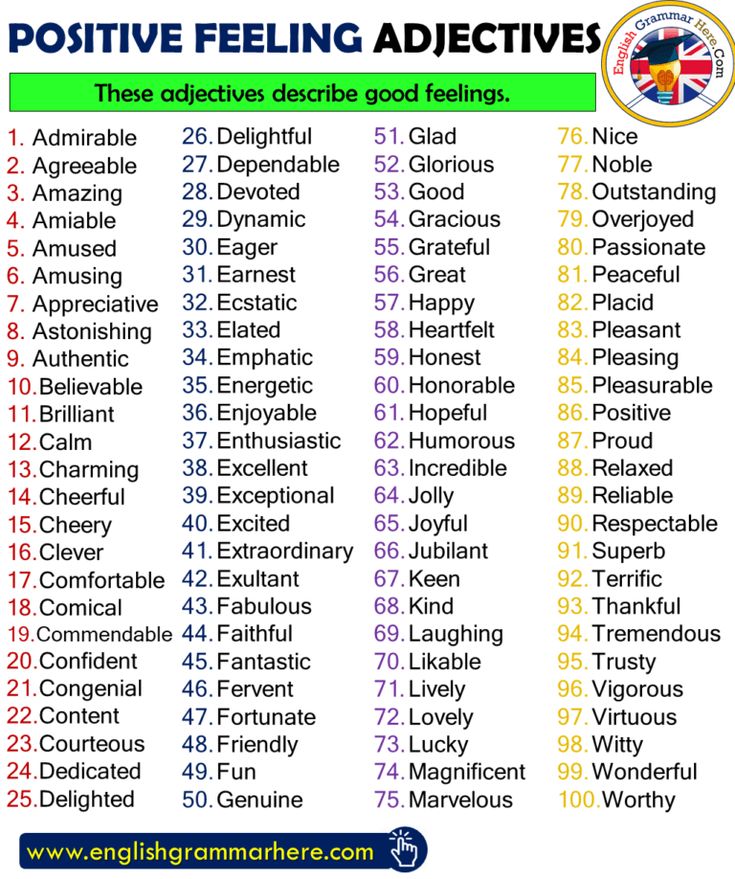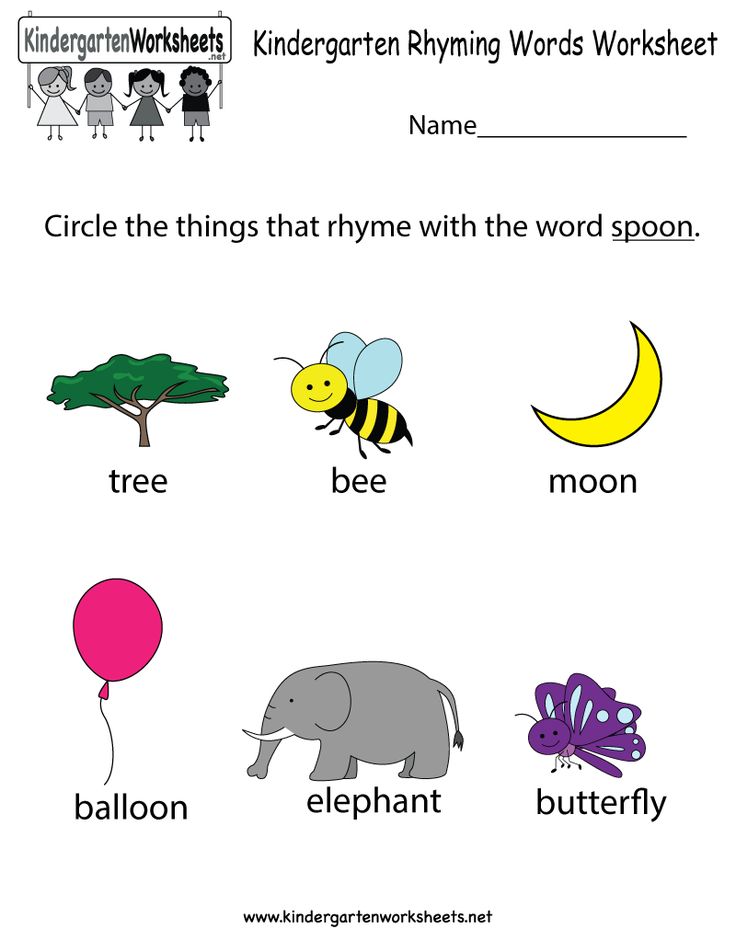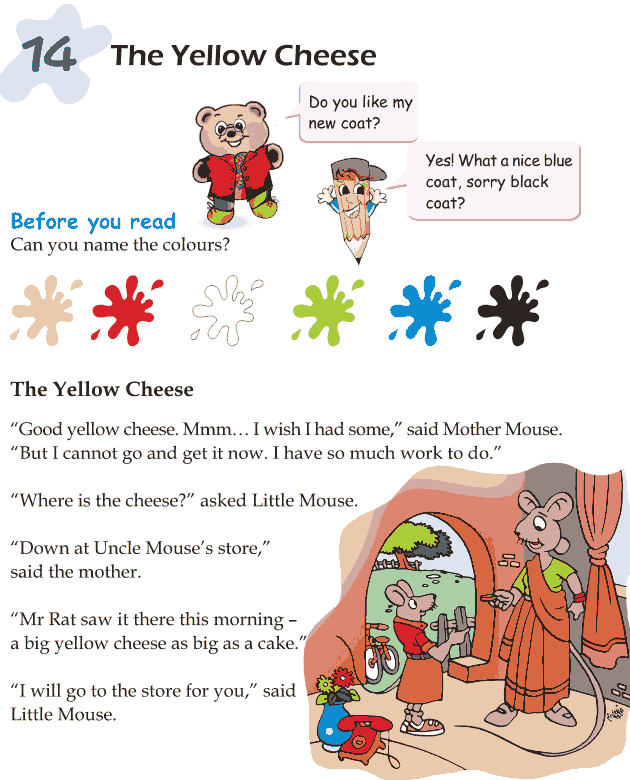Two word combinations
A Big Step in Language Development
By Lauren Lowry
Hanen Certified SLP and Clinical Staff Writer
It’s so exciting when a child says his first word. According to the American Academy of Pediatrics, a child should say his first word by 15 months of age [1]. Parents eagerly await this milestone and proudly record their child’s first word amongst his other achievements in his “baby book”.
But another milestone which receives a lot less attention is also very important for a child’s language development – that is, a child’s ability to combine words. Children’s first word combinations express two ideas using any two words (such as “Daddy up” when the child wants to be picked up). But as children progress, their combinations start to include verbs, such as “want juice” or “car go!”. These combinations that include verbs are important as they set the stage for the child's grammar skills to develop.
Children should be combining two words together by 24 months of age [1].
Children who were late to combine words were more at risk for future problems with language than children who were late with their first words.
A recent study looked at children’s first words and first word combinations, and whether delays in either of these milestones predicted later language problems. Interestingly, children who were late to combine words were more at risk for future problems with language than children who were late with their first words [2].
As toddlers move from using single words to combining them, parents and caregivers often have questions about this stage of language development. Here are some common questions and answers about children’s early word combinations.
Are “thank you” and “night night” examples of two-word combinations?
Some toddlers learn expressions like “thank you” and “night night” early on, and parents may think that these are evidence of two-word combinations.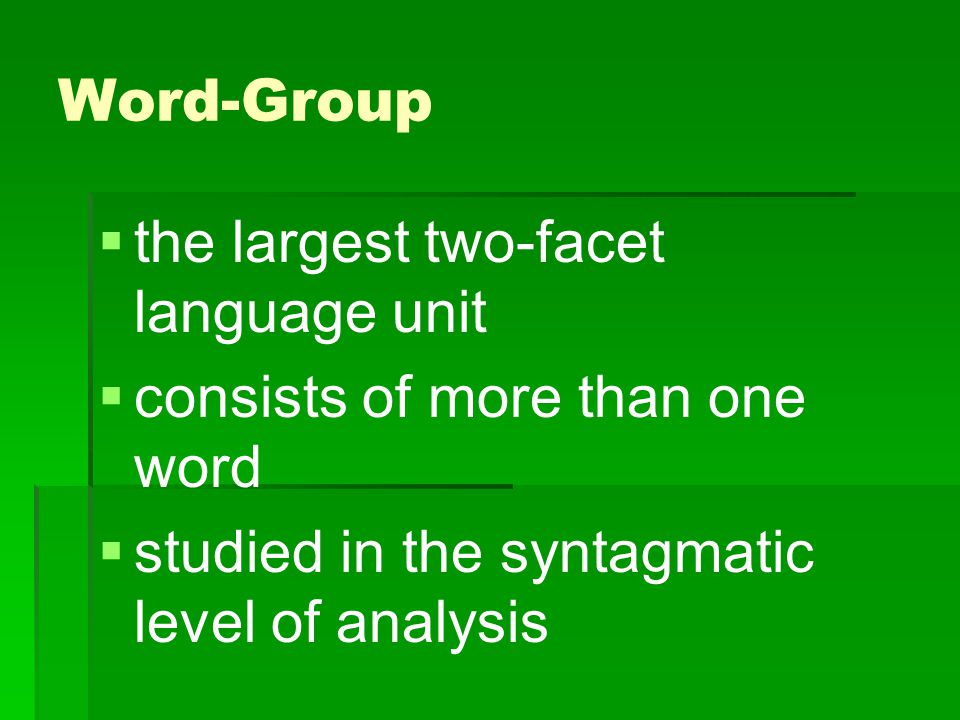 However, these expressions are memorized as a single “chunk” of language, as opposed to two separate words that the child has combined together. When children learn “thank you”, they are not able to combine either of these words with other words to form new combinations (such as “thank Mom” or “you go”). True two-word combinations express two separate ideas.
However, these expressions are memorized as a single “chunk” of language, as opposed to two separate words that the child has combined together. When children learn “thank you”, they are not able to combine either of these words with other words to form new combinations (such as “thank Mom” or “you go”). True two-word combinations express two separate ideas.
My child uses several single words. Is he ready to combine words together?
Before a child can combine two words together, he must be able to:
- use a variety of words – In order to combine words, children need more than just nouns (names of people, places, things) in their vocabulary. Once children can use some early verbs (action words like “go”, “pour”, “give”), adjectives (words that describe like “hot”, “big”, “fast”) and/or prepositions (location words like “on”, “in”, “off”), they have the building blocks needed to combine words together.
- express two ideas – Before children express two ideas with two-word combinations, they can usually express two ideas by using a word and a “supplementary” gesture.
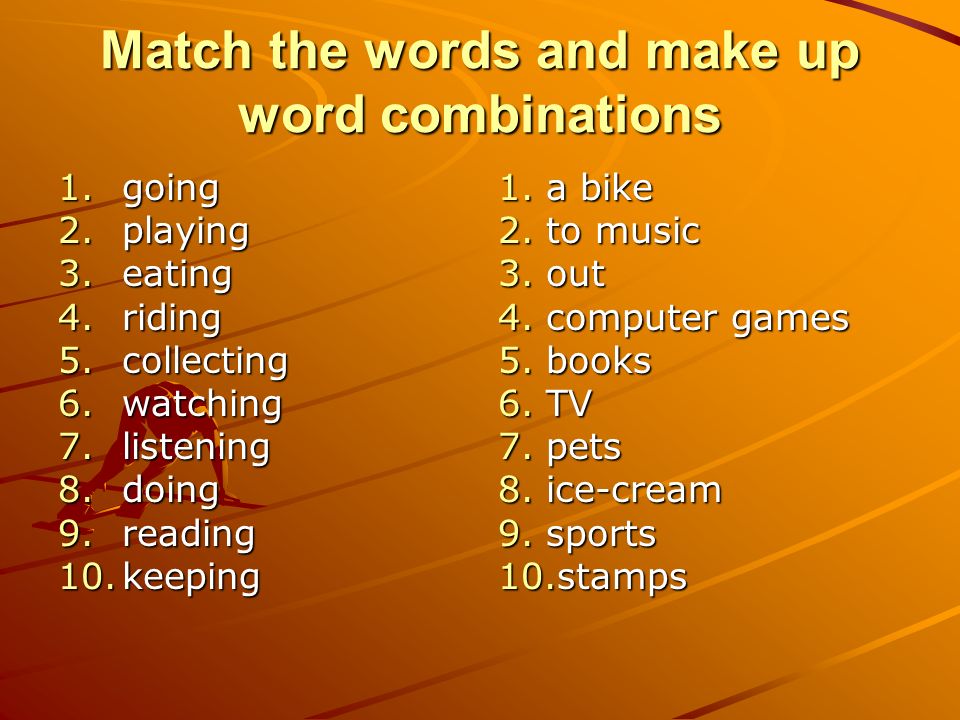 Supplementary gestures add additional information to the word that is spoken. For example, when a child points to the cookie jar and says “Mommy”, his message has two ideas: he wants Mommy to give him a cookie. Or when a child does an action for “big” with his arms while pointing to a large teddy bear, his message has two ideas: the bear is big. This shouldn’t be confused with the child’s use of gestures that match the meaning of his word (e.g. pointing to a cookie and saying “cookie”), as this only expresses one idea.
Supplementary gestures add additional information to the word that is spoken. For example, when a child points to the cookie jar and says “Mommy”, his message has two ideas: he wants Mommy to give him a cookie. Or when a child does an action for “big” with his arms while pointing to a large teddy bear, his message has two ideas: the bear is big. This shouldn’t be confused with the child’s use of gestures that match the meaning of his word (e.g. pointing to a cookie and saying “cookie”), as this only expresses one idea.
When parents and caregivers notice that a child’s vocabulary includes words other than just nouns and he starts to use supplementary gestures, he is likely ready to start combining two words together.
My child isn’t combining words together. Should I be concerned?
If your child is 24 months of age or older and not yet combining two words together, you can contact a speech-language pathologist (SLP) for advice. The SLP will assess your child’s speech and language skills and determine if your child has any other risk factors for ongoing difficulties with language.
The SLP will assess your child’s speech and language skills and determine if your child has any other risk factors for ongoing difficulties with language.
How can I help my child learn to combine words together?
- Follow your child’s lead – Children need a lot of practice sending messages, both with and without words, before they learn to combine words. In order to encourage your child to send messages, you need to follow his lead by observing him and waiting for him to send you a message. By letting him lead the interaction, he will be motivated to communicate with you. Get down to his level, notice what he is doing, and let him send you messages about whatever captures his interest at the moment. Then respond by saying something related to his message.
- Emphasize a variety of words – When you play and interact with your child, emphasize new words that are based on his interests at that moment. Use actions and your voice to make these new words stand out.
 Think about highlighting words other than just nouns, such as simple verbs (e.g. “stop”, “push”, “wash”), adjectives (e.g. “small”, “soft”, “cold”), and prepositions (e.g. “in”, “on”, “down”, “up”). Verbs are especially important for building early sentences and for the development of children’s grammar skills [3]. (For more information on helping your child learn some early verbs, see our article “Verbs Pave the Way for Language Development”.)
Think about highlighting words other than just nouns, such as simple verbs (e.g. “stop”, “push”, “wash”), adjectives (e.g. “small”, “soft”, “cold”), and prepositions (e.g. “in”, “on”, “down”, “up”). Verbs are especially important for building early sentences and for the development of children’s grammar skills [3]. (For more information on helping your child learn some early verbs, see our article “Verbs Pave the Way for Language Development”.) - Model short, grammatical sentences – Even though children’s first word combinations lack proper grammar (e.g. “go car”, “want juice”, “me up”), it’s important that you provide your child with models that are grammatically correct. This helps your child understand how words are used together and what the words mean. For example, if your child says “go car” when he is getting in the car, you can say “You are going in the car”. Or if your child says “want juice”, you could say “You want some juice”.
- Expand your child’s words – You can expand your child’s language by using his single word in a short sentence.
 If your child says “fast” while pushing a car, you can turn that into a little sentence like “The car is fast!”. Or if he smiles while eating a cookie and says “cookie”, you can say “It’s a yummy cookie”.
If your child says “fast” while pushing a car, you can turn that into a little sentence like “The car is fast!”. Or if he smiles while eating a cookie and says “cookie”, you can say “It’s a yummy cookie”. - Add gestures to your words – When you use gestures while you speak, it shows your child how to use gestures and words at the same time. This will prepare your child for using supplementary gestures.
These ideas about promoting word combinations come from Target Word™ - The Hanen Program® for Parents of Children Who Are Late Talkers [4].
References
- Hagan, J., Shaw, J. S., & Duncan, P. M. (Eds.). (2008). Bright futures: Guidelines for health supervision of infants, children, and adolescents (3rd ed.). Elk Grove Village, IL: American Academy of Pediatrics.
- Rudolph, J. M. & Leonard, L. B. (2016). Early language milestones and specific language impairment.
 Journal of Early Intervention, 38(1) 41 –58.
Journal of Early Intervention, 38(1) 41 –58. - Hadley, P. A., Rispoli, M. & Hsu, N. (2016). Toddlers’ verb lexicon diversity and grammatical outcomes. Language, Speech, and Hearing Services in Schools, 47, 44–58.
- Earle, C. with Lowry, L. (2015). Making Hanen Happen Leaders Guide for Target Word™ — The Hanen Program® for Parents of Children Who Are Late Talkers, Fourth Edition. Hanen Early Language Program: Toronto, ON.
The Hanen Centre is a Canadian not-for-profit charitable organization with a global reach. Its mission is to provide parents, caregivers, early childhood educators and speech-language pathologists with the knowledge and training they need to help young children develop the best possible language, social and literacy skills. This includes children who have or are at risk for language delays, those with developmental challenges such as autism, and those who are developing typically.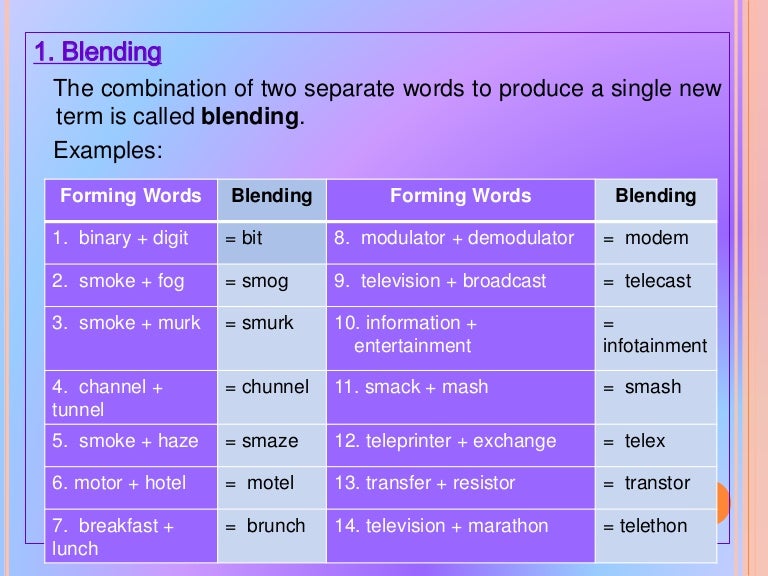
Click on the links below to learn more about how Hanen can help you help children communicate:
Child Development: Combine Words | Speech Blubs
Select your topic
Most popular
34 likes
Feb 6, 2022 This blog explores when typical children combine words, and provides some activities to do at home to help your child perform this skill.
One of the most worried about concerns for parents regarding child development is to know when their child will be able to communicate effectively.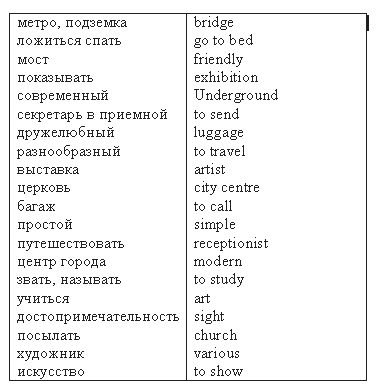 It’s so much easier when they can tell you what they want, need, or if anything is wrong. Please remember, especially in their early years, kids develop at different times depending on their hereditary and environmental situations.
It’s so much easier when they can tell you what they want, need, or if anything is wrong. Please remember, especially in their early years, kids develop at different times depending on their hereditary and environmental situations.
If there is a syndrome, disorder, or cognitive impairment, it will affect your child’s ability to learn and utilize language.
Language Development with Speech Blubs
Speech Blubs is a fantastic speech therapy app with a library of more than 1,500 activities, face filters, voice-activated activities, and educational bonus videos. Explore everything from “Early Sounds” to the “Build a Sentence” section and watch your child learn right away!
Boost Your Child’s Speech Development!
Improve language & communication skills with fun learning!
Start Free Trial
Language Development Process
Telegraphic speech refers to the two-word stage of early childhood language development.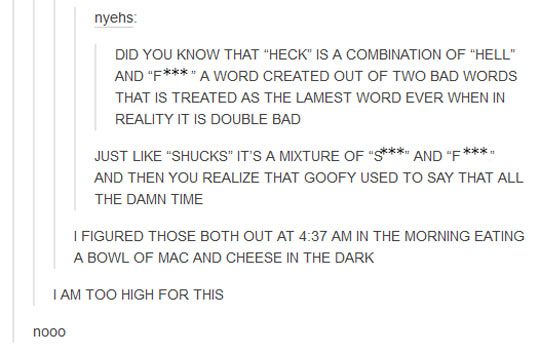 For example, your baby will say “Mommy See!” or “Baby Read!”
For example, your baby will say “Mommy See!” or “Baby Read!”
As far as developmental milestones go, according to the American Academy of Pediatrics (AAP), a child should say his first word by 15 months of age. Another milestone that gets less attention, but is also important, is when children start to string word combinations together.
When a child first starts to attempt this milestone, their combinations will be nouns and actions, such as “mommy go,” or “daddy up.” As their language skills develop and improve, they will start to include things like verbs (actions).
An example of this might be, “car go.” These combinations that include verbs are important as they set the stage for the child’s grammar skills to develop. Children should be combining two words together by 24 months of age (Bright Futures: Guidelines for Health Supervision of Infants, Children, and Adolescents (3rd ed.)).
A recent study looked at children’s first words and first word combinations, and whether delays in either of these milestones predicted later language problems.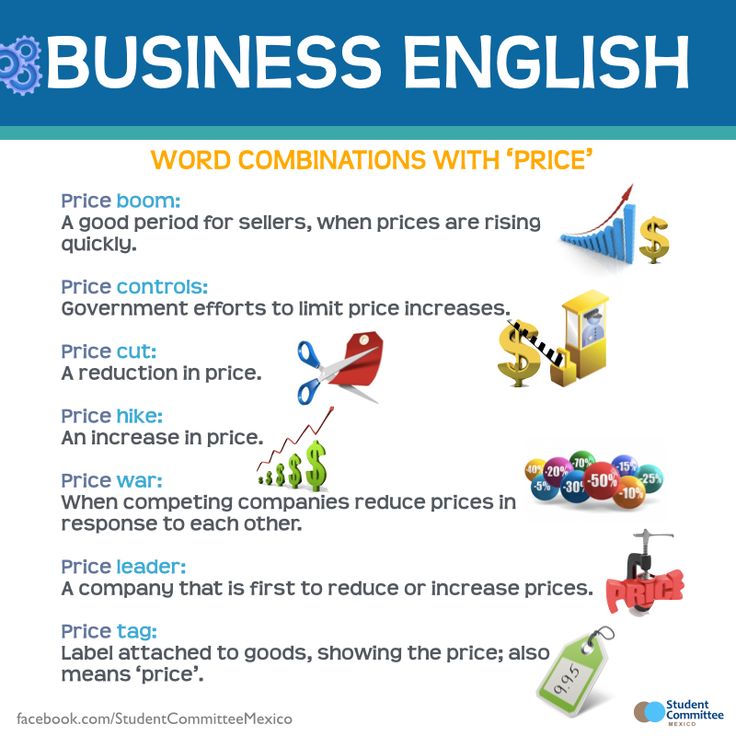 Interestingly, children who were late combining words were more at risk for future problems with language than children who were late with their first words (Journal of Early Intervention, 38 (1) (41–58)). This means that if your child is delayed in speaking, it’s not as important as when your child starts combining words.
Interestingly, children who were late combining words were more at risk for future problems with language than children who were late with their first words (Journal of Early Intervention, 38 (1) (41–58)). This means that if your child is delayed in speaking, it’s not as important as when your child starts combining words.
As a speech pathologist, I get a lot of questions from parents as their child develops through these stages and enters toddlerhood. Here are some frequently asked questions answered about child development!
Are “thank you” and “night-night” examples of word combinations?
Many children use these words early on and parents think that they are using two-word combinations. However, these phrases are “chunked” and are memorized. This is different than learning two different words and combining them together. If your child is saying, “thank you, mom,” then that’s an example of combining two different words.
My child uses a ton of single words.
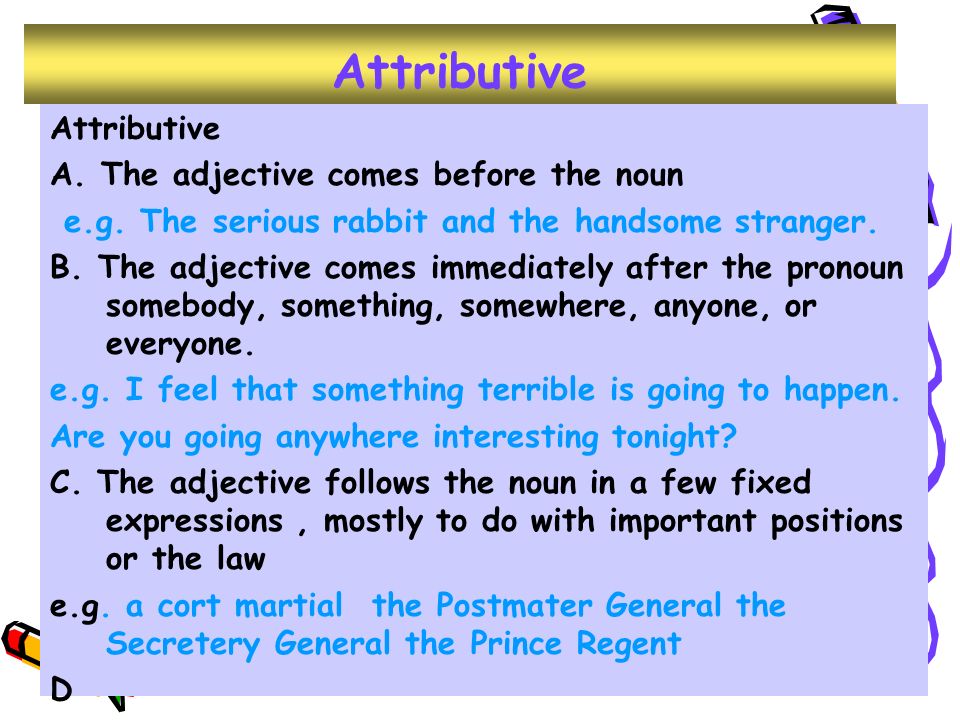 Is he ready to combine them?
Is he ready to combine them?This comes from SLP Lauren Lowry in her article “Combining Words Together: A Big Step in Language Development” where she says that before a child can combine two words together, he must be able to:
1.
Use a variety of wordsChildren need more than just nouns (names of people, places, and things) in their vocabulary to combine words. Once they can use some early verbs (action words like “go,” “pour,” or “give”), adjectives (words that describe like “hot,” “big,” or “fast”), and/or prepositions (location words like “on,” “in,” or “off”), they have the building blocks to combine words together. These words are typically developed by 18 months of age.
2.
Express two ideasBefore expressing two ideas with two-word combinations, children can usually express two ideas by using a word and a “supplementary” gesture, which adds additional information to the word that is spoken. For example, when a child points to the cookie jar and says “Mommy,” his message has two ideas: he wants Mommy to give him a cookie.
For example, when a child points to the cookie jar and says “Mommy,” his message has two ideas: he wants Mommy to give him a cookie.
Or when a child does an action for “big” with his arms while pointing to a large teddy bear, his message has two ideas: the bear is big. This shouldn’t be confused with the child’s use of gestures that match the meaning of his word (e.g. pointing to a cookie and saying “cookie”), as this only expresses one idea.
When a parent tells me that their child is using more than just nouns, then their child is probably ready to start combining words into phrases.
My child isn’t combining words, should I be concerned?
If your child is 24 months or older and not combining words, it’s important to talk to your pediatrician and get a referral for a speech-language pathologist. They will assess your child’s skills and development to determine if speech therapy is warranted.
5 Ways to Help Your Child Combine Words
1.
 Follow your child’s lead
Follow your child’s leadChildren need practice and repetition when it comes to sending and receiving verbal messages. In order to encourage voluntary communication, you need to follow your child’s lead and see what he/she is doing.
Wait for him/her to send you a message and give them a chance to respond before jumping right in. Make sure you get down on his/her level and comment on everything he/she is doing.
2.
Emphasize a variety of wordsWhen you play and interact with your child, emphasize new words that are based on his interests at that moment. Use actions and your voice to make these new words stand out.
Think about highlighting words other than just nouns, such as simple verbs (e.g. “stop,” “push,” or “wash”), adjectives (e.g. “small,” “soft,” or “cold”), and prepositions (e.g. “in,” “on,” “down,” or “up”).
Verbs are especially important for building early sentences and for the development of children’s grammar skills. Play with a teddy bear to model the words!
Play with a teddy bear to model the words!
3.
Model short, grammatical sentencesEven though children’s first-word combinations lack proper grammar (e.g. “go car,” “want juice,” or “me up”), it’s important that you provide your child with models that are grammatically correct. This means you shouldn’t imitate his poor grammar and vocabulary.
Make sure you are talking to them in short, simple phrases, but using correct grammar. This helps your child understand how words are used together and what the words mean. For example, if your child says “go car” when he is getting in the car, you can say “You are going in the car.”
4.
Expand your child’s wordsYou can expand your child’s language by using his single word in a short sentence. If your child says “fast” while pushing a car, you can turn that into a little sentence like “The car is fast!” Or, if he smiles while eating a cookie and says “cookie,” you can say “It’s a yummy cookie. ”
”
5.
Add gestures to your wordsWhen you use gestures while you speak, it shows your child how to use gestures and words at the same time. This will prepare your child for using supplementary gestures.
Free Assessment!Take this quiz and get a report on your child’s milestones and a personalized learning plan.
Start the Assessment
Have a question for our Speech Therapists?
Toddler development Verbal
The author’s views are entirely his or her own and may not necessarily reflect the views of Blub Blub Inc. All content provided on this website is for informational purposes only and is not intended to be a substitute for independent professional medical judgement, advice, diagnosis, or treatment.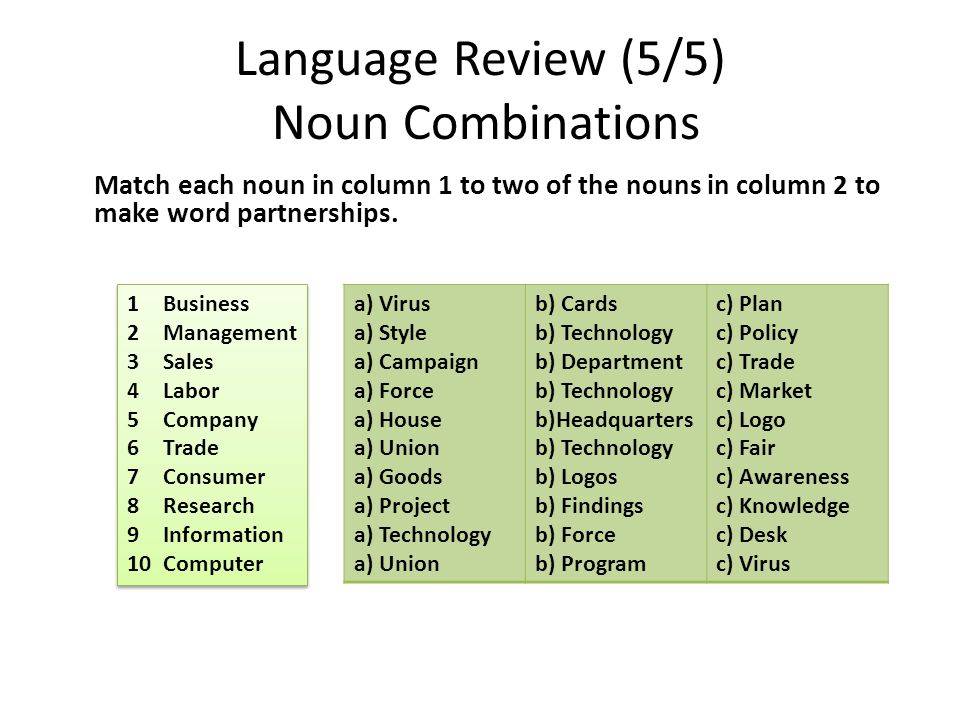 ="wpforms-"]
="wpforms-"]
Phrases - Umskul Textbook
On this page you will learn
- Where does SUP come from in Russian?
- Who is in charge in the house of phrases?
- Why are some words “capricious” and how to deal with it?
Welcome to the City of Offers! We came here not only for the sake of traveling: we will look at the houses. To make it more interesting, we will study how the houses are interconnected, what extensions are added to them. But, of course, our goal is not a tour, we want to understand some of the rules of the Russian language. Getting started! nine0015
Types of connection of phrases
The phrase is two words connected by a subordinate relationship.
The difference between a phrase and a sentence is that the first does not contain any information . In speech, we communicate using sentences, which, in turn, consist of phrases. So, if the whole city is a sentence, then the houses in it are phrases.
So, if the whole city is a sentence, then the houses in it are phrases.
As we found out, the words in the phrase are connected by a subordinate relationship . With such a connection , unequal words are combined, one of which becomes the main , and the other becomes dependent .
| Where does SUP come from in Russian? In phrases, there are 3 types of subordination: Coordination, Control, Adjacency . All together can be remembered using the abbreviation SUP. |
Matching
Matching - is a subordinating relationship, in which the dependent word is likened to the main one according to morphological features: gender, number and case.
When agrees, the dependent word copies the main : “gets up” in the same case, gender or number. Look: the garage is very similar to the house itself, it is made of the same brick, has the same shape.
The main word in agreement is always expressed by the noun or by the part of speech that performs its functions.
For example: summer sun (which one?).
Dependent word can be expressed:
- Adjective (except for the simple comparative degree).
For example: in the summer by the sun.
- Pronominal adjective.
For example: your gift.
- Numerals. nine0008
For example: third chocolate.
- Communion.
For example: learned paragraph.
- Noun-application.
For example: girl - dancer .
Control
Control - is a subordinating relationship in which the dependent word is put in the case that “requires” the main word; the case of the words does not match. nine0015
nine0015
The word "control" speaks for itself: the main word controls the dependent . It seems to order him in which case it is necessary to transform. The dependent word cannot imitate the main word, it only obeys it and fulfills its decrees.
| Who is the boss in the house of phrases? The master word in the house of phrases will be the main word, since it will convey to the dependent how it should be. |
The main word can be expressed as:
- Verb.
For example: run/run/run home.
- Noun.
For example: cooking dinner.
- Adjective.
For example: dissatisfied with the result.
- Cardinal number in the Nominative or Accusative case.

For example: two books, seven books.
The dependent word is always expressed either by the noun , or by the pronoun - by the noun , or by a part of speech that performs its functions.
Connection
Connection - is a subordinating link in which an unchangeable word is attached to the main word.
| Why are some words “naughty” and how to deal with it? In adjunction, the dependent word becomes capricious: it does not want to follow the orders of the main one. So, words are connected only by the meaning of , their number, case and gender do not change: Speak loudly, the opportunity to sleep. |
Main word can be expressed as:
- Verb.

For example: cook delicious.
- Adjective.
For example: very important.
- Noun.
For example: students younger.
- Adverb.
For example: very slow.
Dependent word can be expressed:
- Adverb.
For example: solve thoughtfully.
- The participle.
For example: watching admiring.
- Infinitive.
For example: dreamed of leaving.
- Comparative adjective / fixed adjective. nine0008
For example: children younger , color khaki.
Fact check
- In the phrase there are three types of subordination : coordination, control, adjunction.
- When is agreed upon, the dependent word copies the main word: it takes the same case, gender and number.
- When managing , the main word guides the dependent, “explaining” which case he needs to take. nine0008
- When adjoining , the main word cannot cope with the dependent, so they are connected in meaning. The secondary word does not change case, gender or number.
Test yourself
Task 1.
Which of the characteristics distinguishes a phrase from a sentence?
- Connecting words with the help of meaning and grammar.
- A set of two or more words.
- Communication function available.
Task 2.
How can not express the dependent word in agreement?
- An adjective in the simple comparative degree.

- Pronoun-adjective.
- Appendix.
Task 3.
How can not be used to express the dependent word in control?
- Noun.
- Verb.
- Pronoun-noun.
Task 4.
How are words connected when adjoining?
- Only in meaning.
- Grammar only.
- Both in meaning and grammatically.
Answers: 1. - 3; 2. - 1; 3. - 2; 4. - 1.
Phrases: signs, types of connection, parsing
- Semantic and grammatical connection
- Features of the phrase
- Simple and compound nine0007 Verbs, nominals and adverbs
- Types of subordination in phrases
- Indivisible phrases
- Syntactic analysis of the phrase
The phrase is a combination of two or more independent words that are related in meaning and grammatically. A phrase more accurately than a word names an object, feature, phenomenon or action:
A phrase more accurately than a word names an object, feature, phenomenon or action:

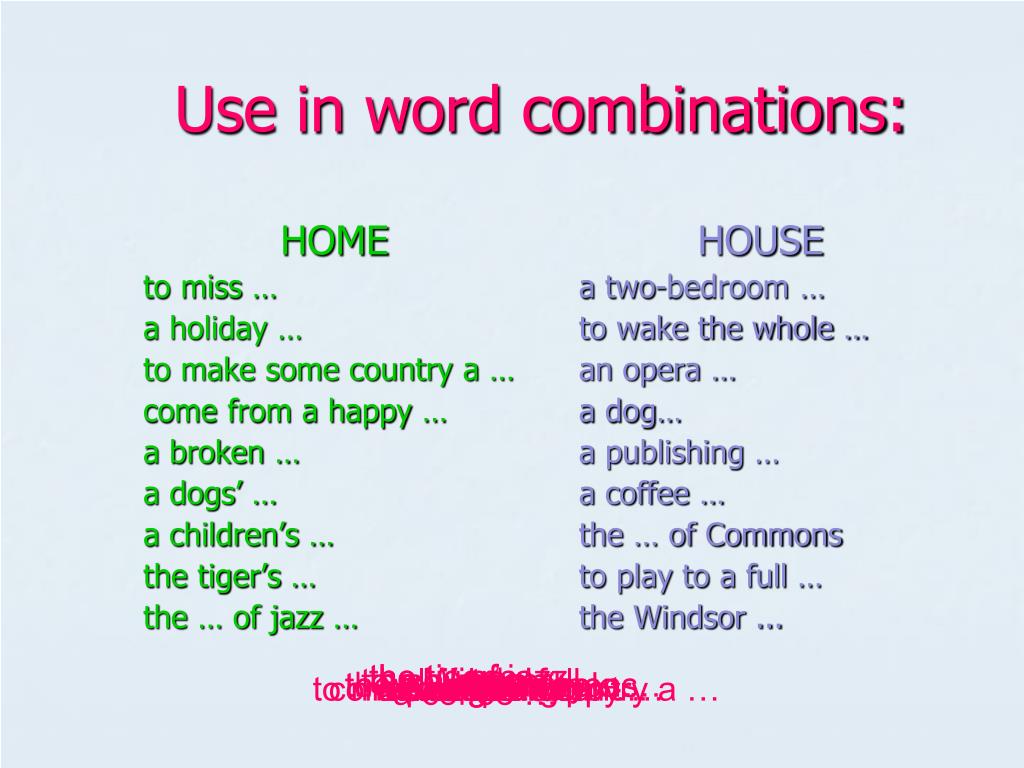
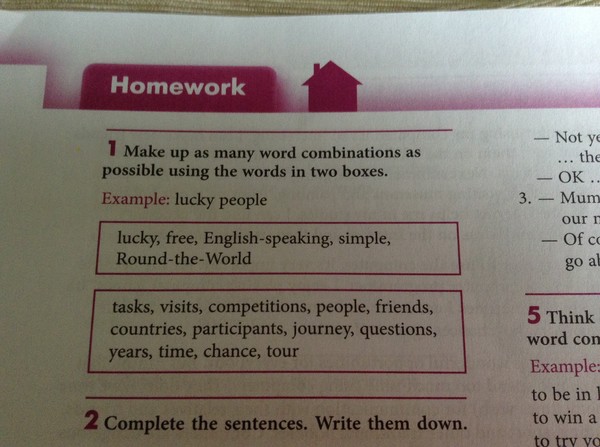 nine0003 The grammatical connection of words
nine0003 The grammatical connection of words 
 There are 9 in Russian0550 three main types (kinds) of subordination words in phrases: agreement, control and adjacency .
There are 9 in Russian0550 three main types (kinds) of subordination words in phrases: agreement, control and adjacency . 
 nine0015
nine0015 


